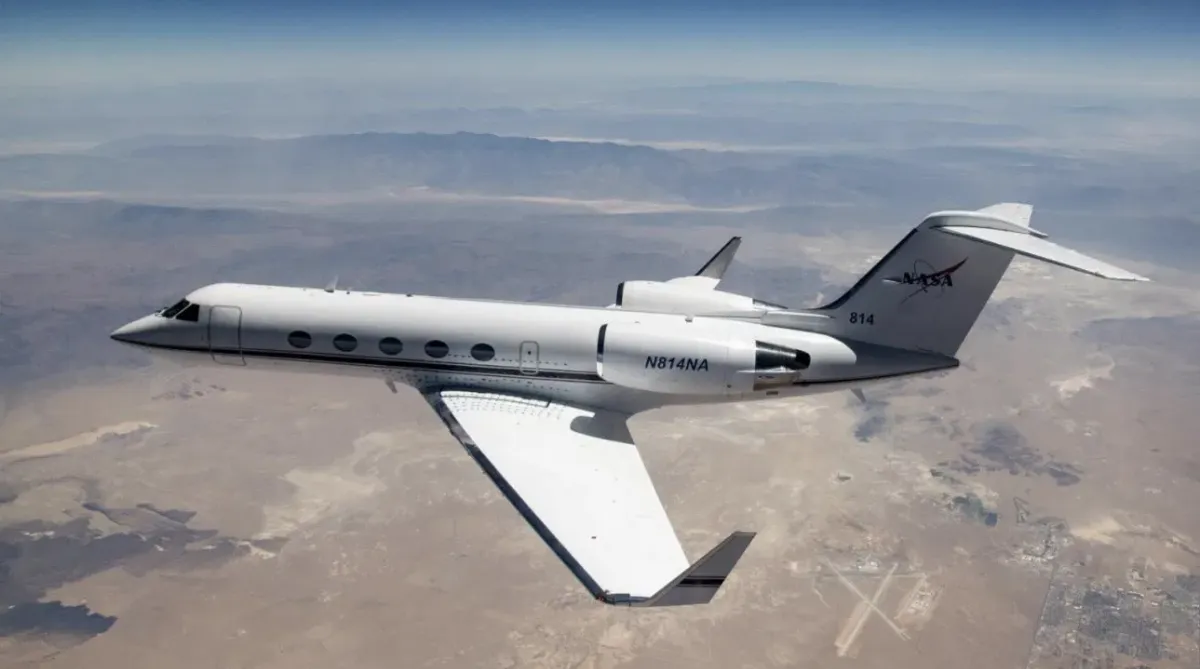
NASA Enhances Earth Science Missions with Radar-Equipped Gulfstream Aircraft
NASA has introduced a new addition to its fleet aimed at enhancing Earth science capabilities: a heavily modified Gulfstream IV (G-IV) aircraft. While this aircraft won’t venture into space, it will play a pivotal role in collecting valuable data about Earth’s surface. Originally launched in 1985 for military use, the G-IV has been repurposed for scientific missions, with NASA outfitting it with advanced instruments to assist in monitoring changes in the planet's topography.
Stationed at NASA’s Armstrong Flight Research Center in California since February 2024, the G-IV has been undergoing extensive testing. The radar modifications, expected to be completed by October 11, 2024, will allow the aircraft to carry a payload of up to 5,610 pounds, reach altitudes of 45,000 feet, and cruise at speeds up to 459 knots. A specialized crew of ten operators will manage the aircraft during its missions.
The key addition to the G-IV is the Airborne Synthetic Aperture Radar Next Generation (AIRSAR-NG) system, which emits microwave signals to capture detailed topographical data. This will enable NASA to conduct repeated flyovers, allowing scientists to track even the most subtle shifts in Earth’s surface. The AIRSAR-NG will also support techniques like three-dimensional imaging, which will be instrumental in future space missions.
Franzeska Becker, project manager for the G-IV mission, highlighted the aircraft’s importance in sustaining NASA’s Airborne Science Program, which uses high-altitude aircraft for diverse scientific fields ranging from Earth science to archaeology.
Stichworte







